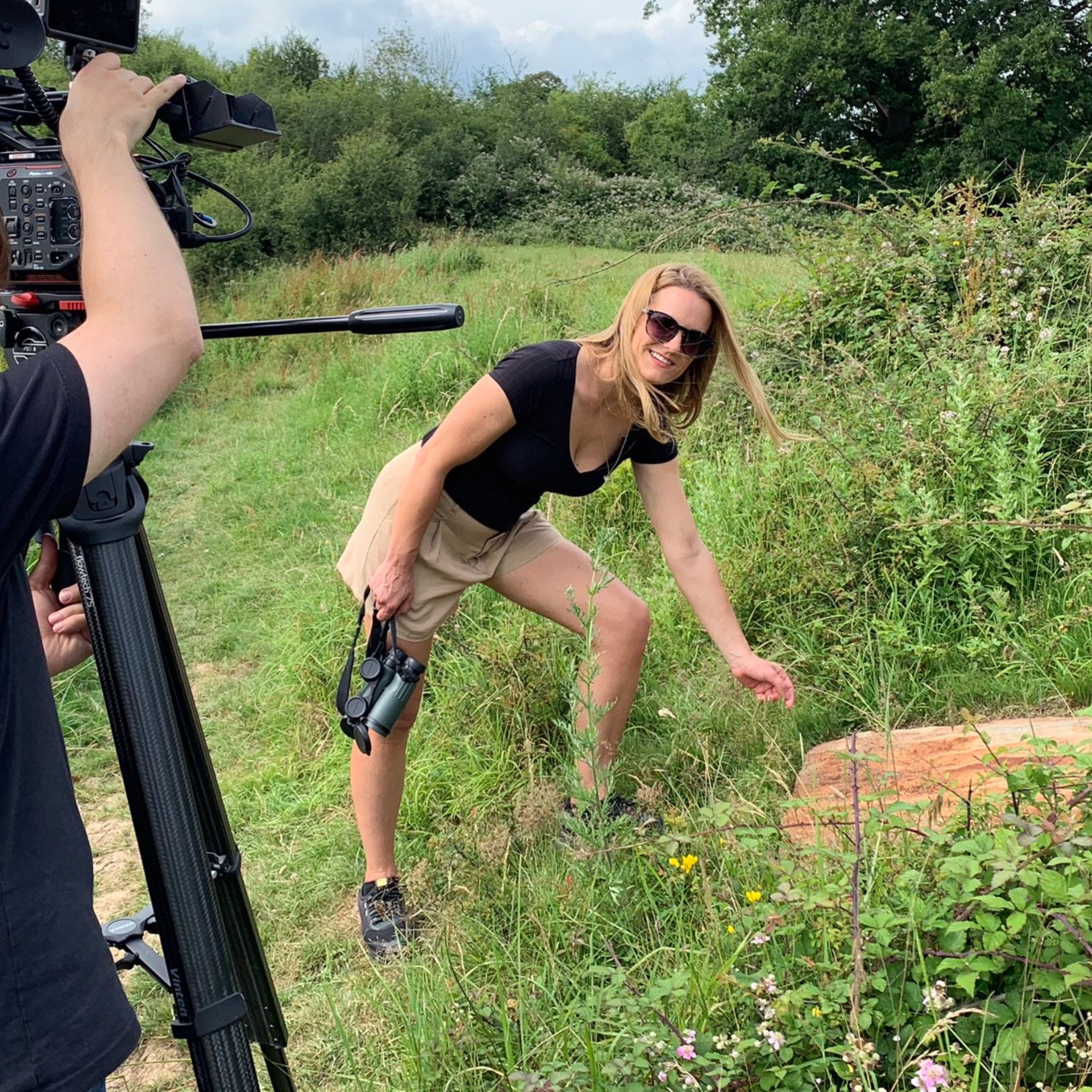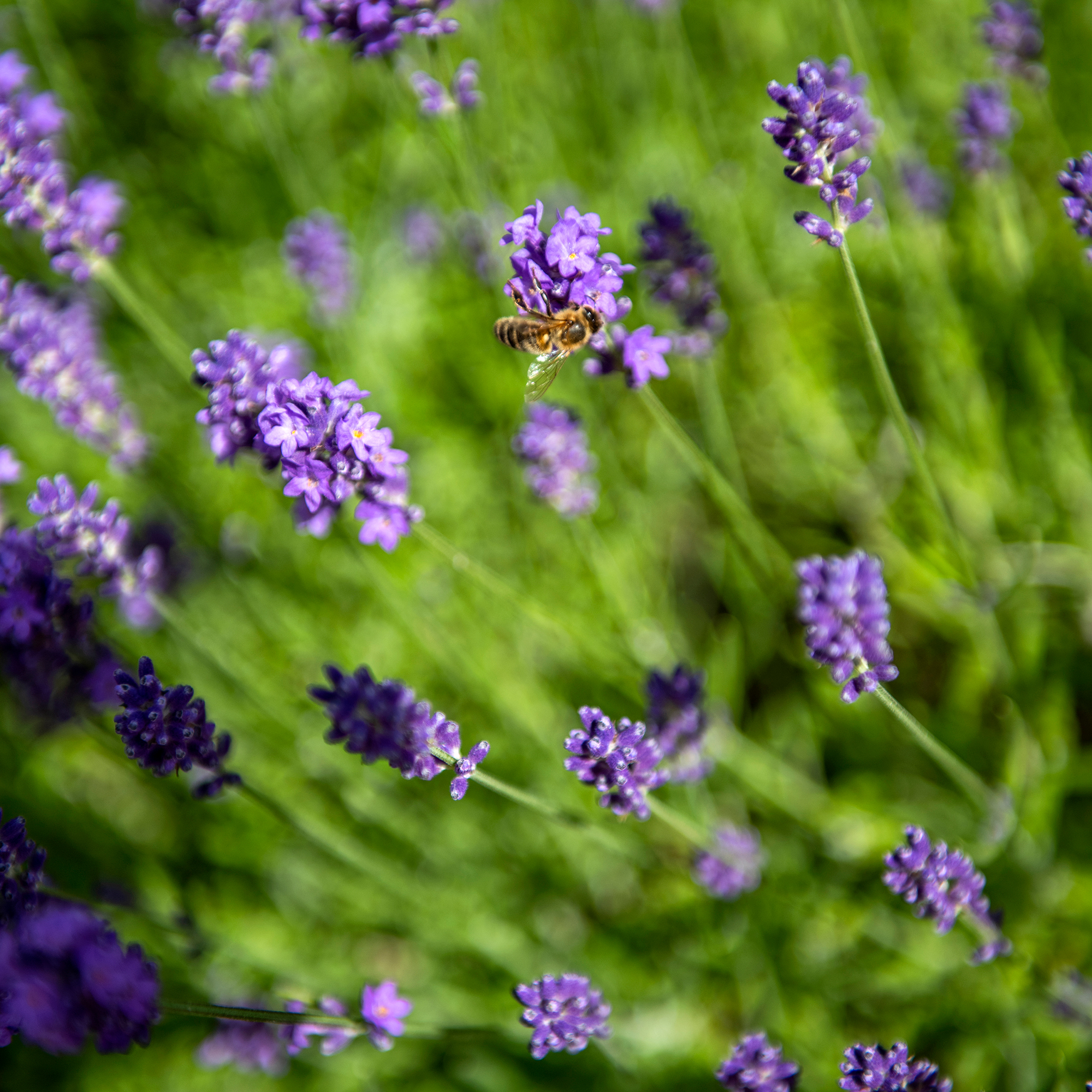Companion planting is the clever gardening hack you need to banish pests
Here's your step-by-step guide to companion planting


Companion planting is one of those timeless garden ideas that every green-fingered soul should know about.
You've likely heard the term before: after all, it's one of those enduring garden trends that pops up time and time again. But what is companion planting, really? And why do so many tout it as a surefire route to bringing balance to even our most modern garden ideas?
What is companion planting?
Companion planting, as you've likely guessed from the name, is all about planting combinations of specific plants for their mutual benefit – a sort of plant buddy system, essentially.

'Companion planting means planting a variety of plants or crops in close proximity to each other, instead of just growing one type,' explains Catherine Capon.

Catherine Capon is a British Naturalist and Environmental Activist who is passionate about rewilding and responsible ecotourism. Catherine studied ecology and zoology at Imperial College London which has led to her career in wildlife filmmaking and environmental campaigning. Catherine is a trustee of The European Nature Trust and the Big Blue Foundation, and is currently communications consultant for the UK at digital tree planting platform, Treedom.
Urging people to avoid creating a monoculture within their gardens, Catherine explains that the theory behind companion planting is that certain plants will form alliances, helping one another to not just survive, but thrive.
'It's a similar concept to the regenerative farming method of agroforestry that Treedom uses, where trees are deliberately grown amongst traditional agricultural crops.'
What are the benefits of companion planting?
Companion planting is absolutely something worth considering when figuring out how to plan a garden, as there are a number of surprising benefits to this age-old gardening technique.

For example...
1. It can repel garden pests
Whether you're trying to figure out how to grow tomatoes, the best vegetables to plant in shade, grow lavender in garden borders, plant a rose arch, or grow raspberries in pots, companion planting is a must-know tip.
'The right combination of plants can help to repel pests, without the need for harmful pesticides,' says Catherine.
For example, planting marigolds near vegetables can help deter aphids, while popping garlic, onions, or chives in a row alongside carrots will deter carrot fly.

Those who are fond of edimentals will be pleased to know that a bed of nasturtiums alongside your brassicas will protect them from caterpillars.
Meanwhile, the strong scent of potted mint helps to deter flea beetles, while dill and fennel can help to attract aphid-chompers such as lacewings and ladybirds. And there are plenty more ways to use companion plants as a means of repelling pests, too.
2. It keeps weeds at bay
'Companion planting keeps the weed away,' says Catherine.
'Planting something under a tall vine, for example, can stop that vacant space from filling up with weeds. And mixing tall and short plants is also a great way to utilise a small space and allows taller plants to give shade to smaller ones that don’t like direct sunlight.'
3. It can prevent disease

'Companion planting is a great way to stop disease taking hold of your flowers, fruits, and vegetables,' says Christopher O'Donoghue, one of the co-directors at Gardens Revived.
Alliums, camomile, and nasturtiums are said to prevent fungal infections such as cane spot.
4. It attracts pollinators
There's a reason so many of us are obsessed with sourcing bee garden ideas.
'Companion planting is a brilliant way to attract useful pollinators,' says Christopher, noting that many crops tend to yield better results if they've been visited by bees and butterflies.

To attract pollinators, try planting bee-friendly herbs (such as dill, lavender, fennel, and parsley) near melons, raspberries, strawberries and squash.
Doing so should create plenty of reasons for bees to visit and give your plants a boost.
5. It can prevent sun damage
'Planting trees amongst crops (agroforestry) prevents them from sun damage, as well as protection from heavy rain and wind,' says Catherine.
What plants work well together in smaller gardens?
In smaller gardens where there isn’t enough room for trees and larger plants, companion planting can still be very effective.

'Planting basil near tomatoes can repel whiteflies and tomato hornworms whilst also improving the flavour of the tomatoes,' explains Catherine.
'If you’re looking to bring some life to your garden, planting flowers near vegetable crops can help to attract butterflies and bees for improved pollination.'

'Planting lettuce amongst plants such as chives and garlic can help to repel aphids (a common issue for lettuce),' continues Catherine. 'Marigolds are also a great pest repellent for lettuce.
'And alyssum isn't just an annual that's easy to grow from seed; planting it between leafy greens attracts hoverflies – a natural predator of aphids.'
Companion planting tips for beginners
If you are enamoured with the idea of companion planting, but not sure where to start, don't worry: Catherine has some easy tips for you to try.
- Start small: If the thought of companion planting sounds overwhelming or complicated then you can always just start with growing two plants in a single bed or box that you know will have mutual benefits. Once you have mastered this, you can start to expand the rest of your garden.

- Know your plant: Plants have different light and water needs, if you can understand what your plant needs you can think more carefully about where to plant it and what to plant it with. For example, would the plant benefit from the shade of a larger plant, or does it want direct sunlight?
- Mixes to avoid: Certain combinations of plants may not thrive together, so make sure you have done your research. For example, dill and carrots because the dill can cross pollinate and impact the taste of the carrots. Similarly, potatoes and tomatoes aren’t a good pair because they compete for the same nutrients and attract the same pests.
Essentially, it seems that all the old adages are true: a good friendship will enrich anyone's life – even if that 'anyone' is a plant. Go figure.
FAQs
What is companion planting?
Companion planting, which encourages gardeners to plant different species of plant alongside one another, is an age-old gardening method with plenty of benefits. Creating a polyculture within your garden, it allows plants to work together so they are not as threatened by pests, disease, and poor soil quality. It also helps to attract pollinators, creating a truly balanced ecosystem.
What are good companion plants for vegetables?
Potted mint is a great way to deter caterpillars from your brassicas, marigolds will keep whitefly away from your tomatoes, strong-smelling alliums will protect your root crops (eg. carrots) from garden pests, and lavender is a great way to attract much-needed pollinators to tomatoes, beans, squash, and raspberries. Pansies, too, are good to plant by alliums and onions, as they will keep the hungry white butterfly at bay.
What are good companion plants for flowers?
It's a good idea to plant thyme by your roses, as it's said to deter pests. Sweet peas are excellent pollinators, making them good companion plants for sweet alyssum, lobelia, roses, lavender, and catmint. Swan plants and sunflowers help each other out by repelling aphids and attracting butterflies. Lupin fix nitrogen in the soil, fertilising it for neighbouring flowers. And planting marigold near your roses will cause them to grow vigorously.
Get the Ideal Home Newsletter
Sign up to our newsletter for style and decor inspiration, house makeovers, project advice and more.

Kayleigh Dray became Ideal Home’s Acting Content Editor in the spring of 2023, and is very excited to get to work. She joins the team after a decade-long career working as a journalist and editor across a number of leading lifestyle brands, both in-house and as a freelancer.
-
 I tried out this neat little dehumidifier for a month – it dried my laundry in half the time
I tried out this neat little dehumidifier for a month – it dried my laundry in half the timeThe 20L SmartAir Dry Zone dehumidifier tackled my laundry drying woes head on
By Jenny McFarlane
-
 I’m seeing pastel garden furniture at all my favourite brands this spring, but QVC’s sorbet collection impressed me the most
I’m seeing pastel garden furniture at all my favourite brands this spring, but QVC’s sorbet collection impressed me the mostFresh pastel shades are a great way to liven up your outdoor space
By Kezia Reynolds
-
 Don't tell my flatmates, but Joseph Joseph's clever new sink range finally made me enjoy washing up
Don't tell my flatmates, but Joseph Joseph's clever new sink range finally made me enjoy washing upI didn't know stylish washing up accessories existed until I saw this collection
By Holly Cockburn